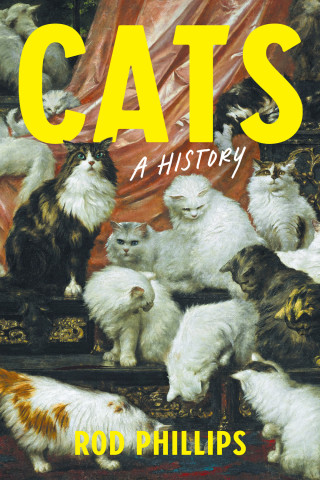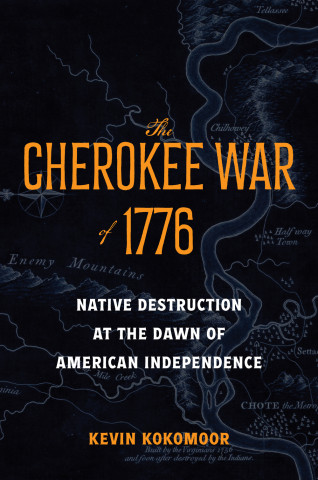
Reviews
Excellent book.
The denouement of Kolleen Guy's fascinating book is the violent explosion known as the 'revolution of Champagne' in 1911. How the revolt occurred is the heart of this skillful study of a region's economy and society and its relationship to the nation state.
A strong contribution to our understanding of the processes by which French national identity was constructed.
[Guy] convincingly describes how the circumstances surrounding the evolution of this regional beverage explain changes within French society... Students writing research papers in the fields of gastronomy would find this an excellent model of how they should approach similar topics.
Guy's fascinating book... traces in extensive detail the forces at work to transform this formerly regional product into a world-recognized symbol of French patrimony, elitism, and spirit. In lively style, Guy chronicles the history of champagne production in France and, in turn, the history of France itself through eras of industrialization and war. All readers will find this book absorbing: history buffs, novices to the bubbly, and full-fledged experts.
A fascinating study of champagne in the years before the Great War... Guy makes us consider the current popularity of products which, like champagne, have a strong regional identity and their increasing centrality to contemporary France's sense of identity.
A fascinating book... [Guy] demonstrates how a region with few environmental advantages for grape and wine production was able not only to succeed but to become synonymous with grace, style, and joyful gatherings.
Guy's illustrated book is a well-researched look at one of France's proudest achievements.
The first modern scholarly study of the production, consumption, and representation of champagne. Guy's prose is both inviting and accessible, deftly integrating theories from sociology, anthropology, philosophy, economics, and cultural history in a coherent, persuasive, and analytical narrative. When Champagne Became French is both scholarly and readable.
Book Details
Acknowledgments
Chapter 1. Introduction
Chapter 2. Consuming the Nation: Champagne Marketing and Bourgeois Rituals, 1789–1914
Chapter 3. Industry meets Terroir: Champagne Producers in the Marne
Chapter 4
Acknowledgments
Chapter 1. Introduction
Chapter 2. Consuming the Nation: Champagne Marketing and Bourgeois Rituals, 1789–1914
Chapter 3. Industry meets Terroir: Champagne Producers in the Marne
Chapter 4. Resistance and Identity: Cultivation Methods and the Wine Community, 1789–1890
Chapter 5. Boundaries: The Limits of the "True" Champagne, 1900–1910
Chapter 6. Revolution and Stalemate: The Revolt of 1911
Chapter 7. Conclusion: Champagne and Modern France
Appendix
Notes
Bibliographic Essay
Index





